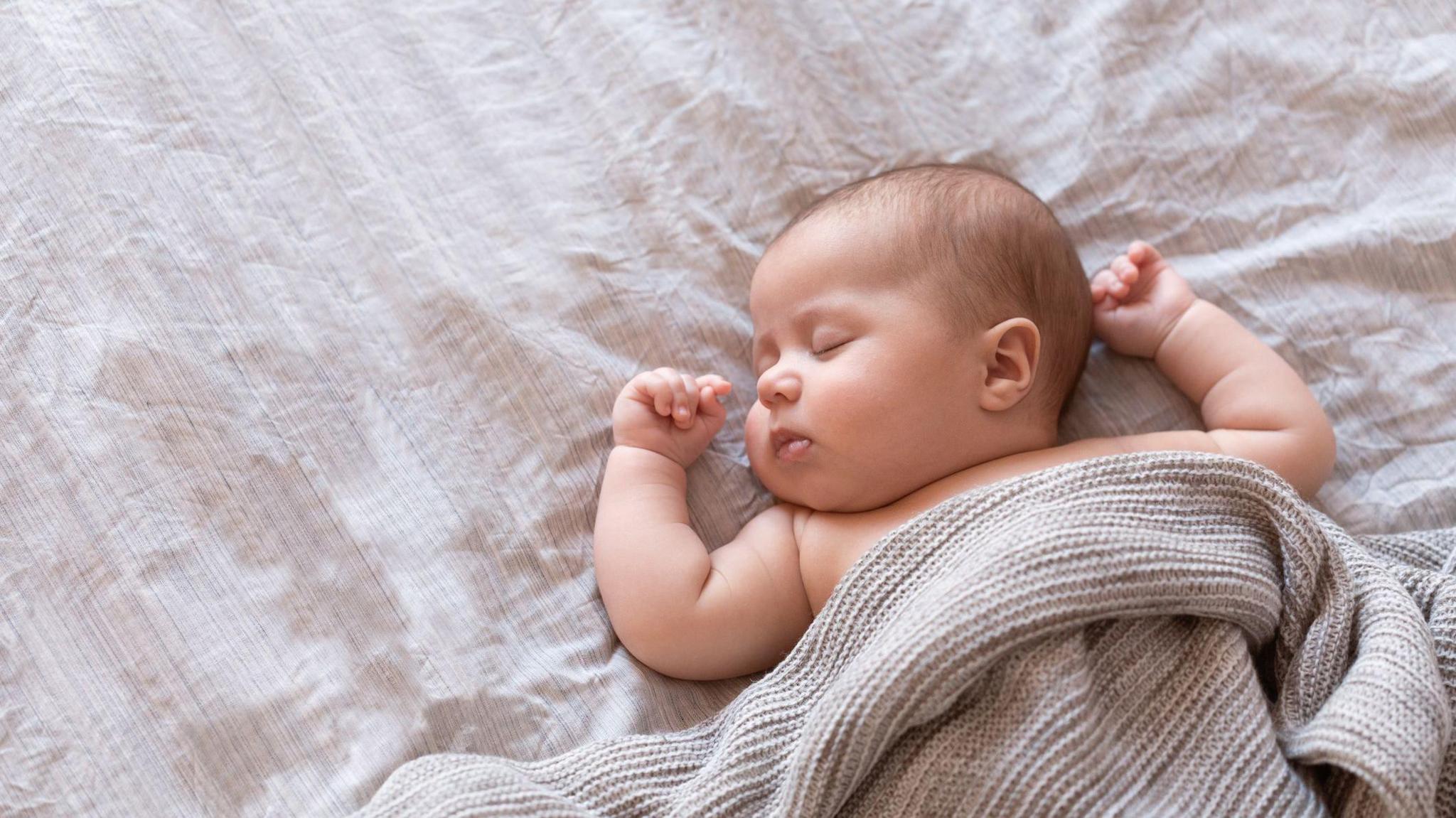IVF births now represent one child in every classroom, data suggests

- Published
IVF births made up more than 3% of births in the UK in 2023 - a figure roughly equivalent to one child in every classroom, the Human Fertilisation and Embryology Authority (HFEA) has said.
According to new data, around 20,700 babies were born during the year as a result of in vitro fertilisation - representing an increase from 8,700 in 2000.
More single patient and female same sex couples opting for the treatment has contributed to the rise, while there has also been an increase in older patients.
However, NHS-funded cycles across the UK have decreased in recent years from 35% in 2019 to 27% in 2022 and 2023, the report found.
The chairwoman of the HFEA said the figures demonstrate the "changing landscape of the UK fertility sector" and how it might develop in the future.
The data, which covers the year 2023, indicated that 52,400 patients had over 77,500 IVF cycles at licensed clinics in the UK.
"IVF births are making up a higher proportion of all UK births over time, increasing from 1.3% in 2000 to 3.1% in 2023," the report said.
"This means around one in 32 UK births in 2023 were via IVF - roughly one child in every classroom - compared to one in 43 in 2013."
Of patients aged between 40 and 44, 11% of births were a result of IVF compared with 4% in 2000.
Director of strategy and corporate affairs at the HFEA, Clare Ettinghausen, told BBC Radio 4's Today programme that the increase in the last decade has been due to "several reasons".
She cited those seeking treatment due to fertility issues as well as those looking to have children later in life.
"We're seeing an increased use of IVF in older age groups," she said.
"The big increase, although still quite small numbers, has been in female same sex couples and single patients – those have really driven some big rises in [the] numbers of people seeking fertility treatment."
Ms Ettinghausen added that funding has "dropped quite dramatically" over the last 10 years with around one third of people across the UK having NHS funding for the treatment.
She described access to funding as "patchy" depending on where you live - with the highest amount of NHS funding having always been in Scotland.
"With the small amount of money that is available, the earlier that NHS funding can get to people the better value it is for the NHS," she added.
"The quicker people can be seen the more likely [either] the IVF will be successful [or] they might not need that expensive and invasive treatment."
The report found that the average proportion of NHS-funded cycles dropped from 35% in 2019 to 27% by 2023, while national differences ranged from 54% in Scotland to 24% in England.
"The decrease in NHS-funded IVF treatments across the UK may relate to increased waiting times for further investigations prior to accessing NHS-funded treatments," the report said.
Commenting on the HFEA data, a spokesperson from the fertility charity Fertility Network UK underlined that delays in accessing treatment could have "a devastating emotional and biological impact".
"We call for fair and timely access to fertility services for all, wherever they live and whatever their background," they said.
Get in touch
Have you been affected by issues covered in this story? Share your experiences.